In 2025, the electric SUV market looks nothing like it did just a few years ago. The Tesla Model Y, once the clear benchmark for performance and innovation, is now surrounded by an army of ambitious challengers. Rising competition, new battery technology, and global EV incentives have opened the door for drivers to look beyond Tesla and explore smarter, more practical choices.
For many buyers, the search for alternatives to the Tesla Model Y isn’t about rejecting the brand; it’s about discovering electric vehicles that offer the same thrill, range, and tech at a better value. Some of these contenders deliver superior interior comfort, faster charging, or distinctive design language that makes them stand out in the crowded EV landscape.
Whether you’re upgrading from an older EV or stepping into the electric world for the first time, 2025 brings a wave of SUVs that challenge Tesla’s dominance head-on. Let’s explore the top 10 best alternatives to the Tesla Model Y models redefining what electric driving can feel like today.
Contents
Top 10 Best Alternatives to the Tesla Model Y in 2025
Ford Mustang Mach-E
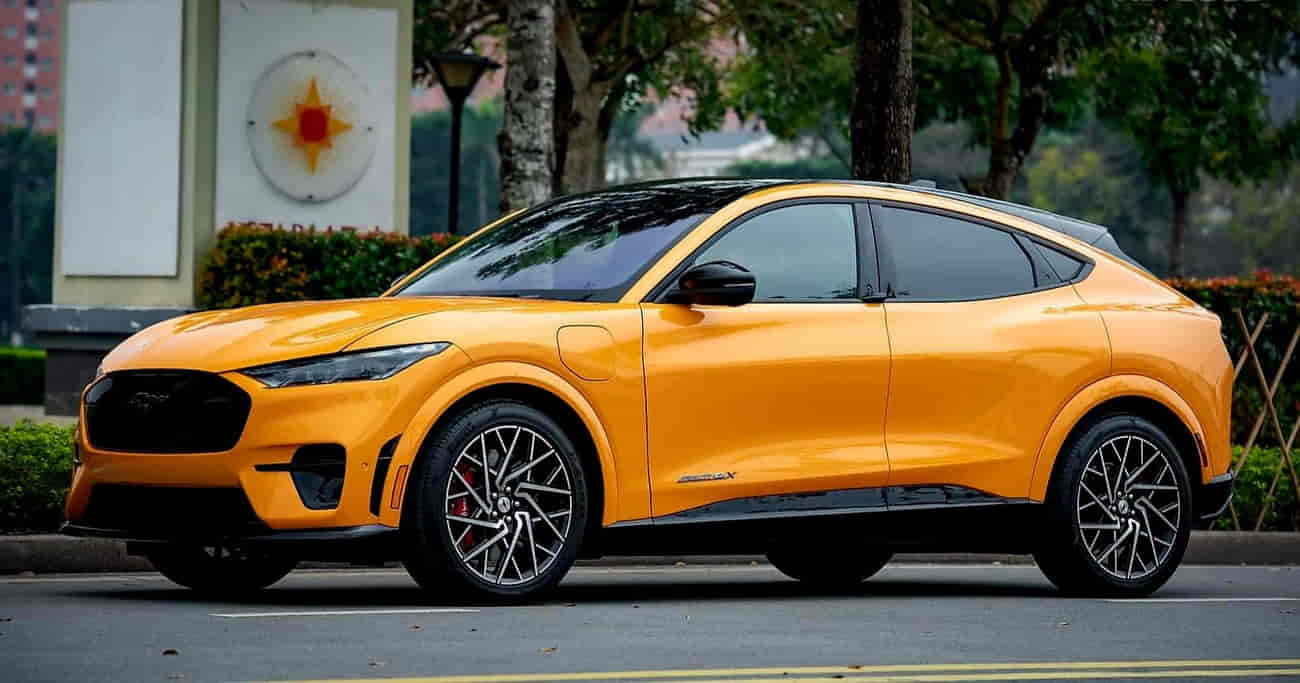
Among all the new-generation electric SUVs, the Ford Mustang Mach-E stands out as one of the most complete alternatives to the Tesla Model Y in 2025. Ford’s decision to give its iconic Mustang name an electric transformation has paid off the Mach-E has evolved into a powerful blend of performance, technology, and everyday usability.
The 2025 Mach-E refines what made its earlier models appealing: a balanced ride, strong acceleration, and a confident design that captures the emotion of driving. Its extended-range battery now offers over 300 miles on a single charge, rivaling Tesla’s efficiency, while the dual-motor AWD variant provides sharp handling that feels natural on city streets and open highways alike.
Inside, the Mach-E merges digital minimalism with practicality. The large vertical infotainment display feels familiar to Tesla owners, but Ford’s SYNC software emphasizes customization and driver control rather than automation. Cabin quality, seat comfort, and build refinement have also seen major upgrades areas where Tesla has often faced criticism.
Where the Mach-E truly differentiates itself is accessibility. With competitive pricing, wide service coverage, and continued eligibility for EV tax credits, it offers a more attainable entry into high-performance electric driving. For buyers who crave a sportier personality and traditional craftsmanship without sacrificing innovation, the Ford Mustang Mach-E remains one of the most convincing Model Y alternatives available today.
Hyundai Ioniq 5
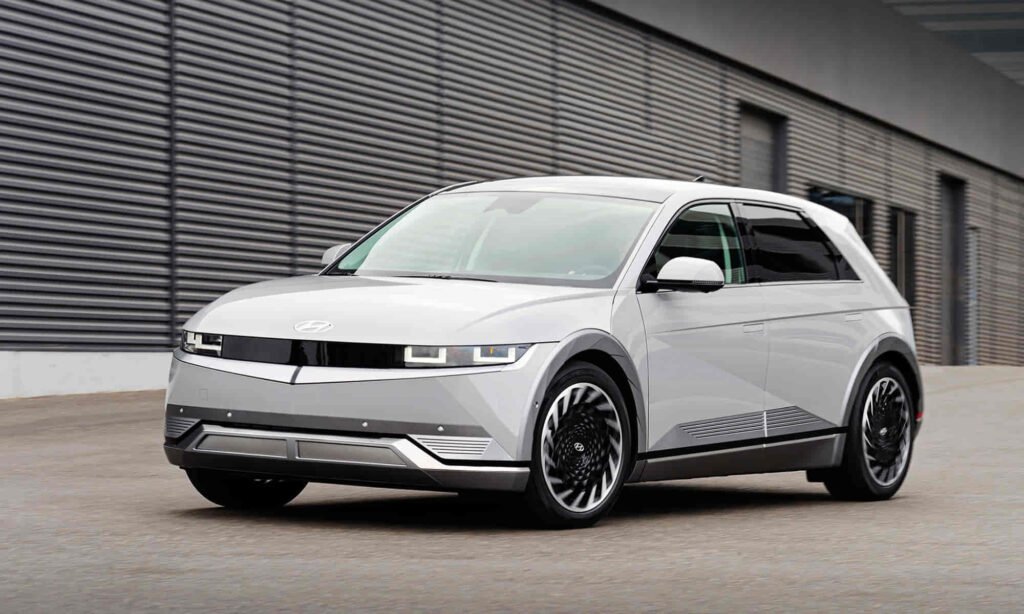
If the Tesla Model Y represents the future of performance, the Hyundai Ioniq 5 embodies the future of design and practicality. This electric crossover has become one of the most talked-about alternatives to the Tesla Model Y in 2025, not because it imitates Tesla’s formula, but because it redefines what a family EV should be.
At first glance, the Ioniq 5’s retro-futuristic silhouette commands attention. Sharp lines, pixel-inspired lights, and a low, stretched stance make it feel more like a concept car than a production model. Yet beneath that artful design lies serious engineering. Thanks to Hyundai’s advanced 800-volt E-GMP platform, the Ioniq 5 can charge from 10% to 80% in under 20 minutes a real-world advantage over the Model Y’s Supercharger dependence.
Inside, it’s a sanctuary of calm efficiency. The flat floor and sliding center console create a sense of openness, while sustainable materials recycled plastics, eco-processed leather, and plant-based fabrics speak to Hyundai’s commitment to environmental responsibility. The tech experience feels intuitive rather than overwhelming, with responsive dual displays and seamless smartphone integration.
What makes the Ioniq 5 such a strong rival to Tesla is balance. It delivers solid range, precise handling, and advanced driver assistance without pushing drivers into a walled software ecosystem. For those who value innovation with warmth and design with intention, the Hyundai Ioniq 5 stands as one of the most inspired electric SUVs of 2025.
Kia EV6
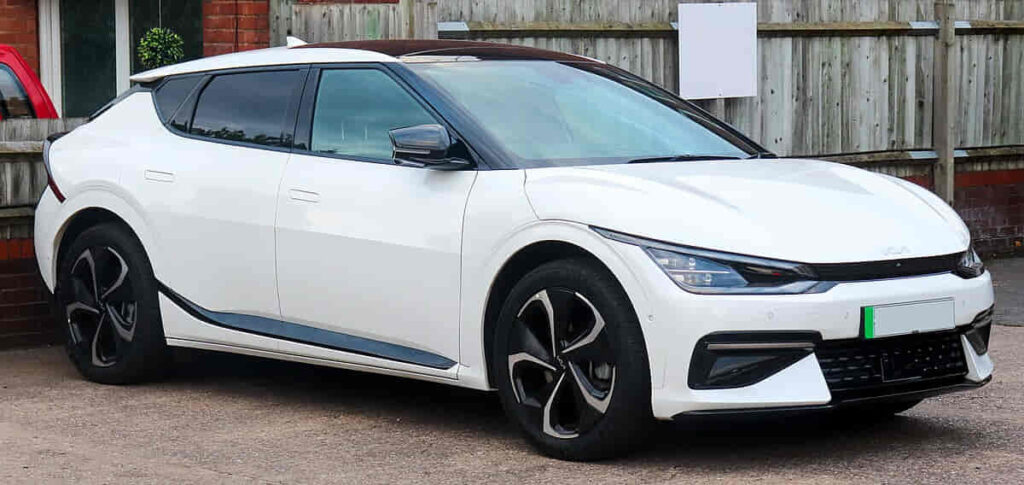
Among the new wave of electric SUVs, the Kia EV6 has emerged as one of the most dynamic and well-rounded alternatives to the Tesla Model Y. Sharing the same E-GMP platform as the Hyundai Ioniq 5, it takes everything great about its sibling and wraps it in a sportier, more emotional driving experience.
The EV6 feels alive from the moment you press the accelerator. The instant torque delivers a surge of confidence, while the chassis remains composed even during aggressive cornering. In its GT trim, the EV6 can sprint from 0 to 60 mph in just 3.4 seconds faster than many luxury sports cars and even rivaling Tesla’s own performance variants. Yet beyond speed, it excels in balance: quiet cabin, supple suspension, and precise steering all work together to create a feeling of control and refinement.
Inside, the EV6 radiates a minimalist yet futuristic vibe. The curved dual-screen layout seamlessly blends driver information and infotainment, while recycled materials and ambient lighting create a comfortable, tech-savvy atmosphere. Unlike some EVs that rely too heavily on touchscreen controls, Kia maintains just the right amount of physical interaction, keeping usability intuitive and driver-focused.
For buyers seeking a sportier, design-led alternative to Tesla’s clean-cut aesthetic, the Kia EV6 delivers both style and substance. It’s not simply another electric SUV it’s a confident declaration that performance and personality can coexist in the EV world.
Volkswagen ID.4
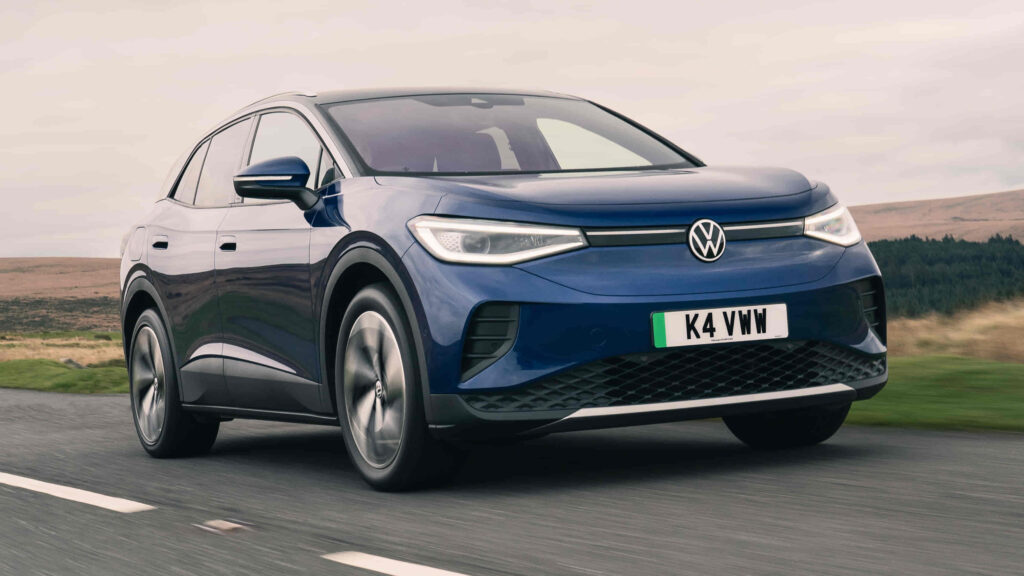
For those seeking simplicity, comfort, and German precision in their electric SUV, the Volkswagen ID.4 stands out as one of the most approachable alternatives to the Tesla Model Y in 2025. It doesn’t try to overwhelm drivers with futuristic gimmicks or overpowered acceleration. Instead, it focuses on what Volkswagen has always done best: balanced engineering, predictable quality, and a driving experience that feels natural from day one.
The ID.4’s design language is clean and understated aerodynamic enough for efficiency, yet friendly and approachable for families and first-time EV buyers. Its latest iteration offers improved battery density and enhanced charging performance, giving it a practical range of around 300 miles. On the road, the ID.4 delivers smooth power delivery and quiet composure, with suspension tuning that absorbs imperfections rather than transmitting them.
Inside, the cabin prioritizes usability over flash. The interior feels spacious and light, aided by a panoramic roof and intuitive layout. Volkswagen’s updated infotainment system now faster and more responsive integrates navigation, voice control, and Apple CarPlay with ease. Unlike Tesla’s minimalist cockpit, the ID.4 maintains a familiar sense of control with tactile buttons where they matter most.
What truly defines the ID.4’s appeal is accessibility. It’s competitively priced, widely available, and backed by one of the most established dealer networks in the world. For drivers who value dependability and comfort over radical innovation, the Volkswagen ID.4 proves that practicality can be just as compelling as performance in the EV era.
Polestar 2
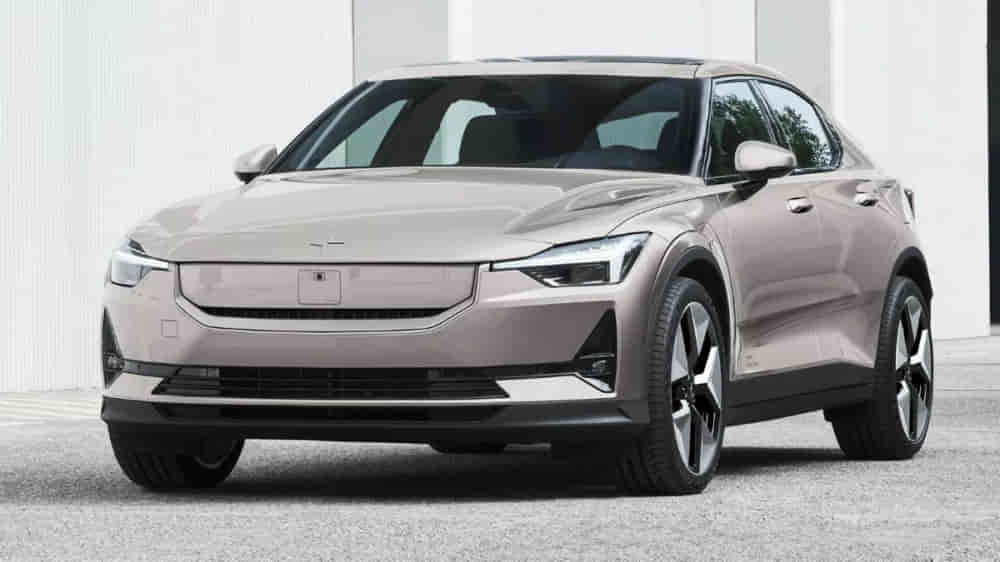
For drivers who see electric mobility as more than just performance numbers, the Polestar 2 delivers a refined, human-centered alternative to the Tesla Model Y. Born from Volvo’s engineering DNA and shaped by Scandinavian design philosophy, it offers a unique mix of understated luxury, precision, and sustainability values that resonate deeply with modern EV enthusiasts in 2025.
At first encounter, the Polestar 2 feels distinctly European. Its design doesn’t shout for attention; it earns it quietly through proportion, craftsmanship, and restraint. The sleek silhouette and signature lighting create a strong road presence without relying on aggressive styling. On the road, the dual-motor setup delivers confident acceleration, while adaptive suspension tuning ensures stability and comfort even at high speeds. It’s less about dominance and more about balance an EV designed for those who appreciate control over chaos.
Inside, the experience shifts from tech spectacle to thoughtful integration. The Google-based infotainment system one of the first of its kind provides seamless access to Maps, Assistant, and Play Store without feeling intrusive. Every detail, from the vegan upholstery to the recycled materials in the cabin, reinforces Polestar’s sustainability narrative without sacrificing elegance.
As one of the most polished alternatives to the Tesla Model Y, the Polestar 2 appeals to discerning drivers who value harmony between design, technology, and purpose. It proves that electric innovation doesn’t have to be loud it can be quiet, confident, and profoundly intelligent.
Rivian R2 / R1S
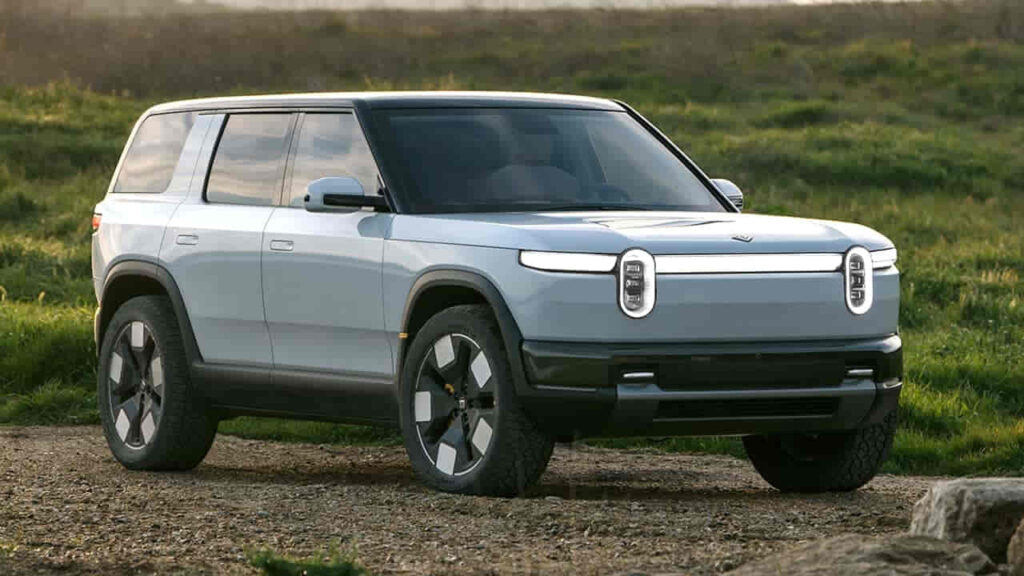
For those who believe electric vehicles should go beyond city streets, Rivian’s R2 and R1S redefine what adventure-ready EVs can be. Unlike the Tesla Model Y, which thrives in urban environments, Rivian’s lineup was built for exploration where gravel roads, mountain passes, and uncharted terrains become part of the driving story. As of 2025, these models stand among the most distinctive alternatives to the Tesla Model Y, offering a rugged yet refined take on electric mobility.
The R1S, Rivian’s larger SUV, blends durability with sophistication. Its quad-motor setup allows precise control on any surface, and its 300+ mile range ensures endurance even in remote landscapes. The upcoming R2, slightly smaller and more affordable, extends this ethos to a broader audience giving adventurous families and outdoor enthusiasts access to genuine off-road capability without sacrificing daily usability.
What separates Rivian from Tesla isn’t just hardware, but philosophy. Tesla focuses on speed and software; Rivian builds around emotion, connection, and craftsmanship. The interiors feel like a blend of Scandinavian calm and American utility tactile wood accents, solid materials, and panoramic visibility that amplifies the feeling of freedom.
For drivers who see their EV as a companion for journeys rather than commutes, the Rivian R2 and R1S represent a refreshing evolution. They remind us that electric power isn’t just efficient it’s empowering.
Nissan Ariya
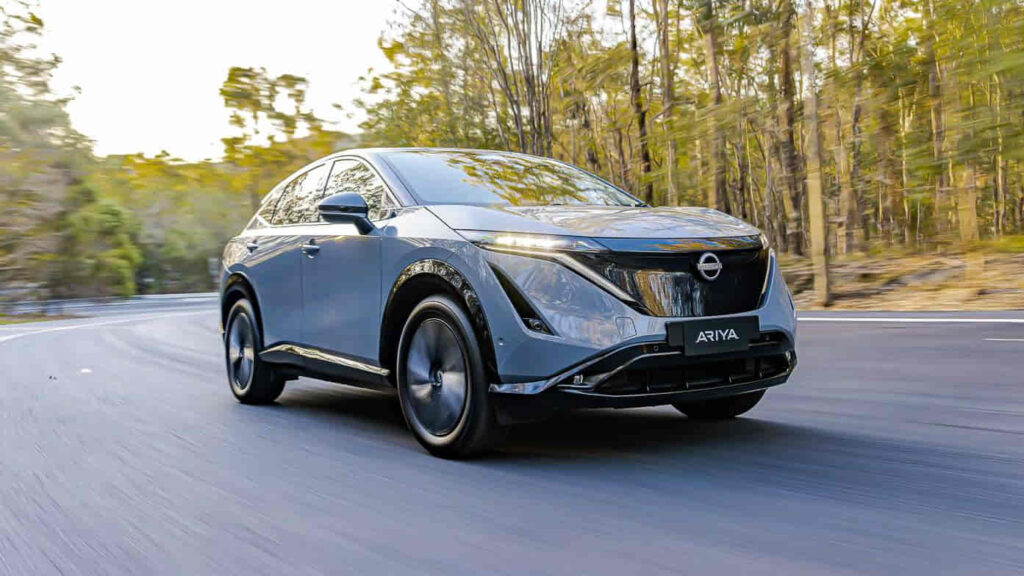
If the Tesla Model Y symbolizes cutting-edge performance, the Nissan Ariya embodies serenity, comfort, and quiet confidence. It’s one of the most balanced alternatives to the Tesla Model Y in 2025, offering a blend of elegance and practicality that reflects Nissan’s decade-long experience in electric mobility. After pioneering the EV market with the Leaf, Nissan has matured and the Ariya is proof of that evolution.
The design language of the Ariya feels soft yet deliberate. Its flowing lines, copper accents, and seamless surfaces reflect a minimalist aesthetic that whispers sophistication rather than shouting futurism. Behind the wheel, it delivers composed acceleration and a calm, isolated ride ideal for long drives or daily commutes alike. The dual-motor e-4ORCE system ensures precise traction in all conditions, giving drivers the sense of control often associated with premium German SUVs.
Step inside, and the Ariya greets you with warmth. The interior feels like a modern living space: wide, uncluttered, and illuminated by ambient lighting that adjusts to your mood. Nissan’s attention to tactile details from the soft-touch materials to the hidden haptic switches enhances the sense of craftsmanship missing from many EVs.
The Ariya may not chase 0–60 bragging rights, but it delivers what most drivers truly want: comfort, reliability, and peace of mind. For those who value refinement over raw acceleration, it stands as one of the most emotionally intelligent EVs of 2025 a graceful and grounded rival to the Tesla Model Y.
Volvo EX30 / EX40
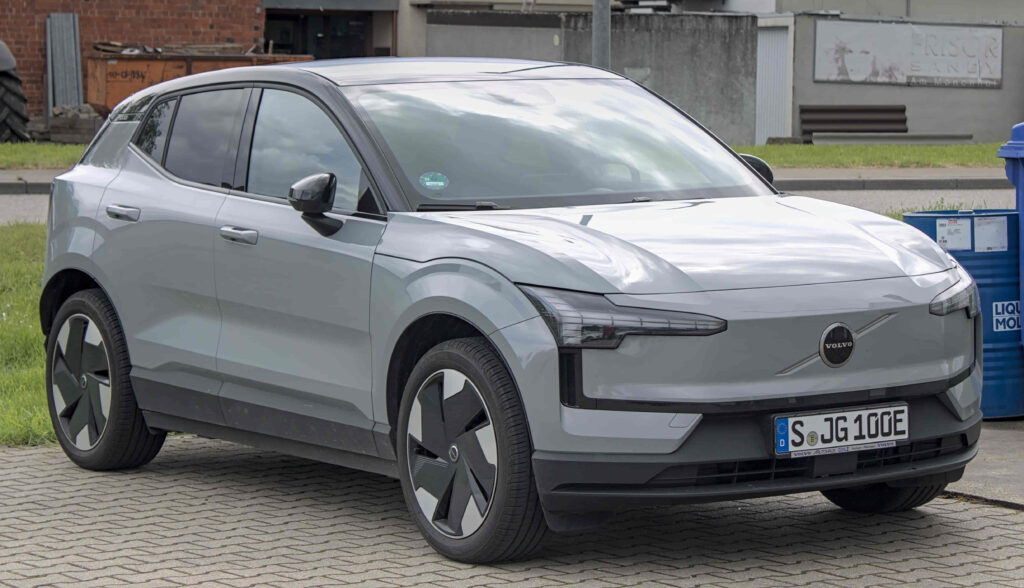
For drivers who see safety, simplicity, and Scandinavian calm as essential parts of the electric driving experience, the Volvo EX30 and EX40 represent a refreshing counterpoint to the high-intensity energy of the Tesla Model Y. As two of the most refined alternatives to the Tesla Model Y in 2025, they bring a human touch to a market often dominated by screens, data, and performance charts.
The smaller EX30 captures Volvo’s minimalist soul in compact form clean lines, sustainable materials, and an intuitive interface that feels instantly familiar. Despite its size, it’s remarkably confident on the road, with brisk acceleration and a well-insulated cabin that isolates noise and vibration. Its affordability and compact footprint make it an ideal choice for urban EV buyers who want premium quality without the premium price.
Meanwhile, the EX40 (formerly XC40 Recharge) extends that same ethos to a larger, more versatile SUV. It delivers up to 300 miles of range, smart AWD traction, and Volvo’s trademark Pilot Assist system that enhances everyday driving with ease and reassurance. Inside, the Google-based infotainment system mirrors Polestar’s software DNA, offering seamless navigation and voice control without distraction.
What makes Volvo’s EVs stand apart is emotional intelligence. They don’t compete on ego or spectacle they focus on serenity, safety, and sustainable craftsmanship. For families and professionals alike, the EX30 and EX40 remind us that technology serves best when it feels invisible, leaving only confidence and peace behind the wheel.
BMW iX3 / iX
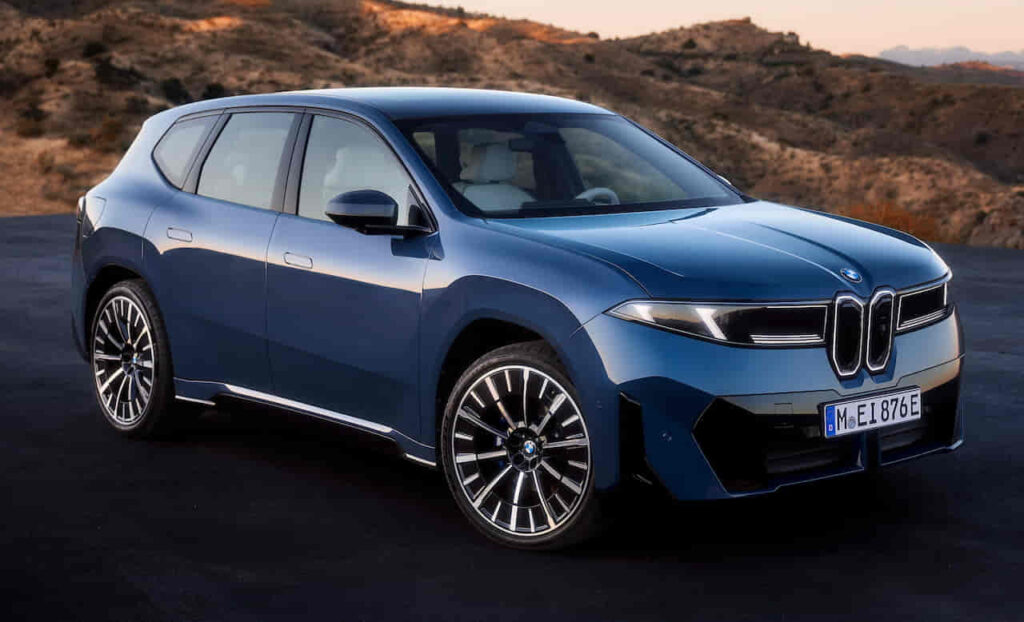
Among the growing list of alternatives to the Tesla Model Y, few models carry the prestige and engineering finesse of the BMW iX3 and iX. These SUVs represent BMW’s mature approach to electrification not through flashy gimmicks, but through precision, comfort, and that unmistakable “ultimate driving” DNA that defines the brand.
The iX3, designed as a bridge between traditional luxury and electric innovation, offers a grounded, composed experience. Its rear-wheel-drive setup delivers balance and predictability, while regenerative braking is tuned for seamless transitions, making city driving both efficient and enjoyable. With an elegant design and a quiet cabin, it appeals to those who want their EV to feel familiar, not foreign.
The larger iX, on the other hand, pushes boundaries. Built on a dedicated EV platform, it pairs futuristic design with exceptional refinement from its minimalist yet tactile interior to the adaptive air suspension that effortlessly smooths uneven roads. Inside, every surface feels intentional: open-pore wood, crystal controls, and a panoramic interface that transforms the dashboard into an immersive digital lounge.
What distinguishes BMW’s electric SUVs from Tesla isn’t just craftsmanship; it’s emotional engagement. While Tesla aims for futuristic efficiency, BMW builds around connection the dialogue between driver, machine, and motion. For those seeking an EV that feels more like an evolution than a revolution, the iX3 and iX embody the perfect fusion of legacy and progress.
Chevrolet Blazer EV
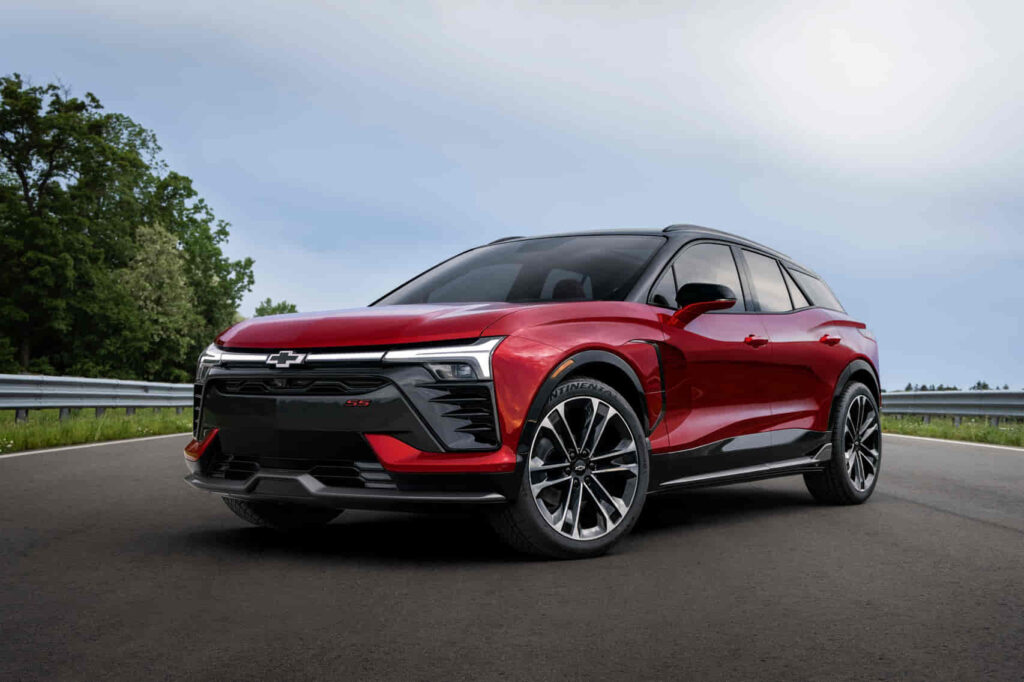
Bold, muscular, and unmistakably American, the Chevrolet Blazer EV arrives in 2025 as one of the most confident alternatives to the Tesla Model Y. While Tesla built its reputation on futuristic minimalism, Chevrolet’s approach with the Blazer EV is about presence a design that commands attention while still delivering the advanced electric performance modern drivers expect.
The Blazer EV rides on GM’s Ultium platform, a flexible architecture that underpins some of the most capable electric vehicles in the U.S. This foundation gives it impressive range up to 320 miles and lightning-fast DC charging that makes long trips effortless. Depending on the trim, drivers can choose between front-, rear-, or all-wheel drive, each configuration tuned to balance power and practicality. Its handling feels substantial yet composed, with a solid road feel that inspires confidence rather than anxiety.
Inside, the Blazer EV departs from Tesla’s stripped-down aesthetic, embracing a cockpit-style cabin filled with tactile buttons, bold lighting, and a driver-focused layout. The 17-inch touchscreen feels advanced without alienating, and the digital cluster integrates smoothly with GM’s Super Cruise hands-free system a genuine competitor to Tesla’s Autopilot.
But what truly makes the Blazer EV stand out is value. With aggressive pricing, wide service support, and a bold design that reflects Chevrolet’s identity, it proves that the EV revolution doesn’t belong to one company. For buyers wanting power, character, and everyday usability, the Blazer EV offers an unapologetically American alternative to the Tesla Model Y.
Quick Comparison How These EVs Stack Up Against the Tesla Model Y
Before diving into which model fits your lifestyle best, it helps to see how these alternatives to the Tesla Model Y compare in the essentials range, performance, and price. The table below summarizes the key highlights that most EV buyers care about in 2025.
| Model (2025) | Starting Price (USD) | Estimated Range (mi) | 0–60 mph (s) | Notable Strength |
|---|---|---|---|---|
| Tesla Model Y | ~$47,990 | 310 | 4.8 | Benchmark for range & software |
| Ford Mustang Mach-E | ~$44,000 | 300 | 4.5 | Sporty handling, strong brand heritage |
| Hyundai Ioniq 5 | ~$42,000 | 303 | 5.2 | Fast 800V charging, futuristic design |
| Kia EV6 | ~$43,500 | 310 | 3.4 (GT) | High performance & sleek styling |
| Volkswagen ID.4 | ~$40,000 | 295 | 5.7 | Comfort & practicality |
| Polestar 2 | ~$48,000 | 320 | 4.2 | Premium design, Google-native system |
| Rivian R2 / R1S | ~$45,000 / $78,000 | 300+ | 3.5 (quad motor) | Adventure capability & craftsmanship |
| Nissan Ariya | ~$39,900 | 289 | 5.1 | Comfort & refined driving feel |
| Volvo EX30 / EX40 | ~$36,000 / $52,000 | 275–300 | 5.4 | Safety-first & Scandinavian design |
| BMW iX3 / iX | ~$50,000 / $88,000 | 300–310 | 4.4 | Luxury, precision, and driving dynamics |
| Chevrolet Blazer EV | ~$45,000 | 320 | 4.0 | Bold design, Super Cruise tech |
Data reflects manufacturer estimates and 2025 market projections.
This snapshot makes one thing clear: 2025 isn’t Tesla’s monopoly anymore. Whether you prioritize affordability, performance, luxury, or adventure, there’s now an electric SUV that matches or even surpasses the Model Y in key areas.
Buying Guide How to Choose the Right Tesla Model Y Alternative
Choosing the right electric SUV in 2025 isn’t just about comparing specs on paper. The growing list of alternatives to the Tesla Model Y means that each model now serves a slightly different type of driver and understanding those nuances is what leads to true satisfaction, not just ownership.
Start by defining your priorities. If you’re focused on range and performance, the Kia EV6 GT, Polestar 2, and Tesla Model Y Performance sit at the top of the curve. Those who value comfort, refinement, and peace of mind will feel more at home in the Nissan Ariya or Volvo EX40, where quiet cabins and intuitive controls take precedence over raw speed.
Next, consider charging infrastructure. Tesla’s Supercharger network remains best-in-class, but options like Hyundai’s and Kia’s 800V systems, or GM’s expanding Ultium network, are rapidly closing the gap a critical factor for long-distance drivers.
Don’t overlook ownership costs either. Beyond purchase price, think about maintenance, insurance, tax incentives, and long-term reliability. Ford and Volkswagen offer robust dealer support, while Rivian and Polestar deliver strong brand experiences through digital ecosystems.
Ultimately, the “best” Model Y alternative is the one that aligns with your lifestyle whether that means daily commuting, family travel, or weekend escapes. In 2025, the EV landscape isn’t about following Tesla anymore; it’s about finding the electric SUV that fits you.
Conclusion The New Era of Electric SUV Competition
As we step into 2025, it’s clear that the electric SUV market no longer revolves solely around Tesla. The Model Y remains a remarkable machine efficient, fast, and intelligent but its rivals have matured, diversified, and, in many cases, surpassed it in key areas. The abundance of alternatives to the Tesla Model Y now gives drivers something they never had before: true freedom of choice.
From the tech-savvy Hyundai Ioniq 5 and design-driven Kia EV6 to the adventurous Rivian R1S and luxurious BMW iX, every brand brings its own interpretation of what the future of driving should feel like. These vehicles aren’t merely competing with Tesla; they’re expanding the definition of electric mobility itself more accessible, more emotional, and more human.
The question for 2025 isn’t “Should I buy a Tesla?” but rather “Which EV truly fits my life?” Whether you prioritize speed, sustainability, or serenity, there’s now an electric SUV tailored to your journey.
So, which of these Tesla Model Y alternatives sparks your interest the most? Share your thoughts below your next drive might just redefine what electric freedom means to you.